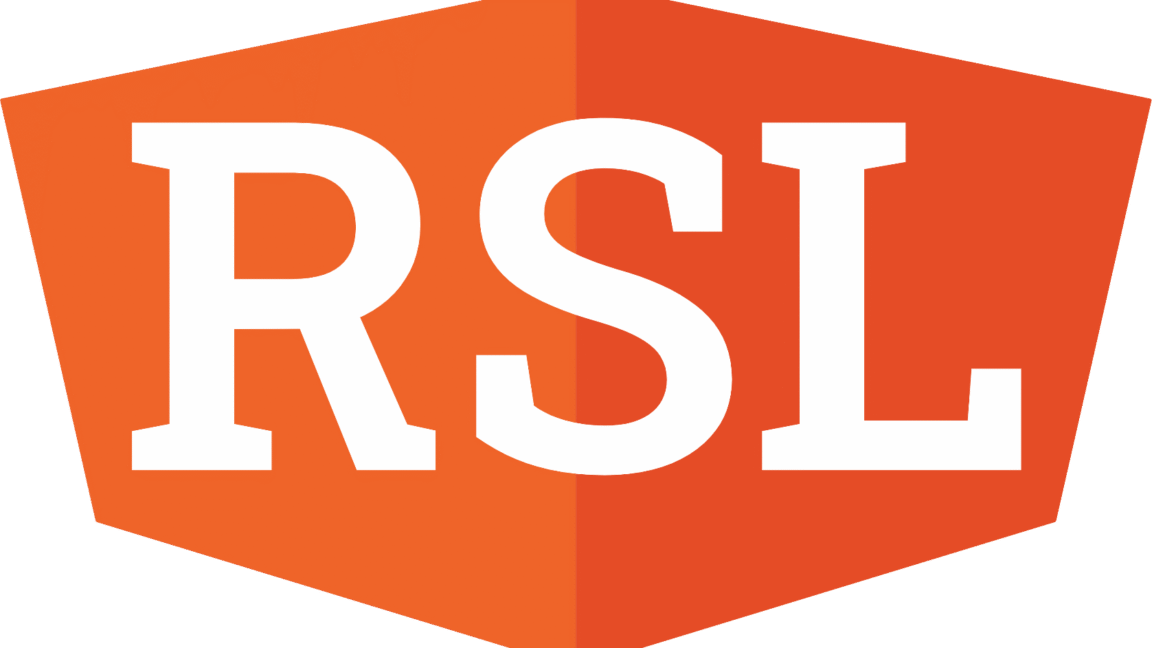Introduction to Generative AI and Art
The relationship between art and technology has always been complex, and the emergence of generative AI has raised new questions about creativity, originality, and ownership. Recent experiences, including a visit to a Picasso exhibit in Milan, have led to reflections on how modernist movements like Cubism evolved from earlier artistic traditions. This, in turn, has sparked curiosity about the potential of generative AI to produce groundbreaking art.
The Evolution of Artistic Movements
During the visit to the Picasso exhibit, a famous informational diagram by art historian Alfred Barr caught attention. The diagram mapped how modernist movements like Cubism drew from earlier artistic traditions, including artists like Goya, El Greco, Cézanne, and African sculptors. This made it clear that even the most original and influential figures in modern art, like Picasso, were influenced by others. The question arises: could a generative AI model, fed with the same inputs, have produced Cubism or generated the next great artistic breakthrough?
The Music Industry and Generative AI
A conversation with Daniel Ek, the founder of Spotify, shed light on the restrictive nature of copyright laws in music. Song arrangements and lyrics enjoy longer protection than many pharmaceutical patents. Ek noted that generative AI already produces a wide range of music, some of which is good, but much of it is terrible. However, nearly all of it borrows from the patterns and structures of existing work. This raises concerns about how the law will adapt to a form of artistry driven by prompts and precedent, built entirely on a corpus of existing material.
Ownership and Copyright Issues
The question of who owns the outputs of a generative model is complex. Is it the user who crafted the prompt, the developer who built the model, or the artists whose works were ingested to train it? The social forces that shape artistic standing, such as critics, curators, and tastemakers, may still hold sway, but a new, AI-era hierarchy could emerge. The US Copyright Office has begun to tackle the thorny issues of ownership, stating that generative outputs can be copyrighted if they are sufficiently human-authored. However, the office is playing catch-up in a rapidly evolving field.
Different Industries, Different Responses
Various industries are responding differently to the challenges posed by generative AI. The Academy of Motion Picture Arts and Sciences recently announced that filmmakers’ use of generative AI would not disqualify them from Oscar contention, and they would not be required to disclose when they had used the technology. In contrast, the music world continues to wrestle with its definitions of originality. A recent lawsuit against Ed Sheeran, who was sued by the heirs of Ed Townsend for allegedly copying the melody, harmony, and rhythm of Marvin Gaye’s "Let’s Get It On," highlights the complexities of copyright law in the age of generative AI.
The Ed Sheeran Case
Sheeran’s case ultimately led to a verdict in his favor, with the jury finding him not liable for copyright infringement. Reflecting on the trial, Sheeran noted that the chords in question are common building blocks of songwriting and that no one owns them or the way they’re played. This statement echoes the sentiment that generative AI’s recombination of existing material may not be so different from the way human artists have always borrowed from others.
Conclusion
The emergence of generative AI has sparked important discussions about creativity, originality, and ownership in the art world. As the technology continues to evolve, it is crucial to address the complex issues surrounding copyright law, ownership, and the role of human artists in the creative process. By exploring these questions and challenges, we can work towards a deeper understanding of the relationship between art, technology, and society.
FAQs
- Q: Can generative AI produce original art?
- A: Generative AI can produce art that is novel and innovative, but it is based on existing patterns and structures.
- Q: Who owns the outputs of a generative model?
- A: The ownership of generative AI outputs is complex and may involve the user, developer, or original artists.
- Q: How will copyright law adapt to generative AI?
- A: Copyright law is evolving to address the challenges posed by generative AI, but it is still playing catch-up in a rapidly changing field.
- Q: Is generative AI’s recombination of existing material different from human artists’ borrowing from others?
- A: Generative AI’s recombination of existing material may not be fundamentally different from the way human artists have always borrowed from others, but it raises new questions about originality and ownership.











